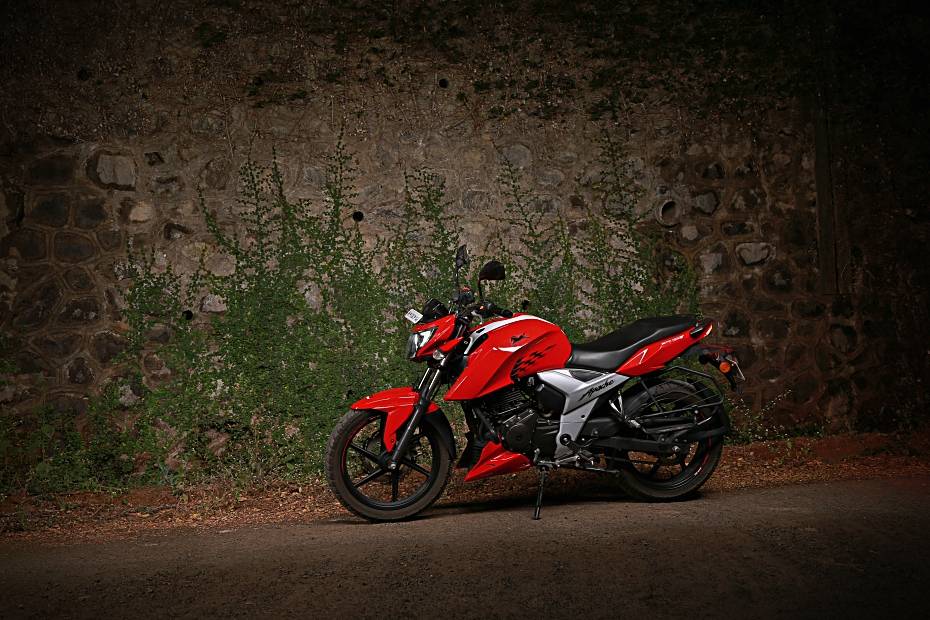Cold Starting Tips For Your Motorcycles
Published On Dec 28, 2018 08:30 AM By Gaurav Sadanand
- 10773 Views
We list down a couple of tips that should make cold starts a lot easier without harming your motorcycle engine

Far too many of us struggle to get our bikes started early in the morning, especially during winters. Most “bikers” will rev a cold engine to its absolute limit, and then there are those who flood the engine by trying to kick-start it one too many times. Both these techniques can harm your engine. While every bike enthusiast has his or her own theory of a perfect cold start, here are a few tried and tested methods that’ll make life a lot simpler. The following tips and tricks are meant for a carb engine as fuel injected ones are rather simpler to start during winters.
1. Let some fuel into the engine

Much like a human body, vehicles need liquids to function - their most important resource being fuel. Though most motorcycles have a bit of fuel left over in the carburettor, it isn’t enough to get the bike going, especially when it’s cold. For this, all you need to do is turn the petrol knob from “Off” to “On” or "RES" which stands for reserve if you’re running low on fuel. Now, let the fuel flow into the motor which shouldn’t take more than a couple of seconds.
2. Move your Motorcycle

If a motorcycle has been sitting idle for a long time, all its liquids tend to settle at the bottom of the crankcase which leaves the top portion of the gears dry. Pushing the bike around your parking lot or your garage should suffice. This essentially lets fluids lubricate the gears and lowers the risk of your bike starting up with the least amount of oil.
3. It’s time to start her up

Majority of the bikes these days either feature an electric start or kickstart or both. The most prefered and easiest method would be an electric start, although, this does put a lot of load on your battery. So we’d suggest, if you have the option of a kickstart, you might as well crank the engine and get the gears rolling a bit before the actual start. If your bike comes with a choke knob, make use of it.

That said, do keep a close watch on how the engine behaves. If it tends to sputter, it probably needs more fuel, however, if the bike starts reeking of fuel you’ve probably overdone it. But, there’s a way around this. All you need to do is pin the throttle open and either kickstart the bike or hit the electric start. Next, release the throttle if the bike starts to hit the idle note. It’s extremely important to let go of the throttle when the bike starts up as the engine still hasn’t received its share of lubrication. Failure to do so will surely harm the engine, and who in their right mind would want that.
4. Adjust the engine idle

Once the engine is up and running, adjust the idle screw or knob which is located on the carburettor itself. The optimum idle range should be between 1,000 to 1,500rpm. If it’s any more or any less, just tinker with the adjuster to set it to the desired RPM.
5. Let the bike warm up

It’s most common to just get the bike off the stand and get going the moment it comes to life. However, just like athletes who warm up before they start, every bike needs to run for a couple of minutes before to get it up to the operating temperature. If you follow this guideline without fail, you’d notice that the bike runs a lot smoother than when you didn’t. In essence, when the bike isn’t running at its idle operating temperature, there’s some condensation which is a big no-no for the engine.
6. It’s time to ride

With your bike all set to go, it’s time to hop onto the saddle. When you start out, ride slowly in the beginning so that the engine hits its ideal running temperature. Carbs are designed to work better with hot running engines. Oh, and don’t forget proper riding gear to keep you safe. Basically, a helmet, a riding jacket and gloves for starters, that’ll keep you safe in case of an emergency. With time, you can even throw in a pair of riding boots, maybe even a complete biking suit for the weekend, if you're the knee scraping kinds.
